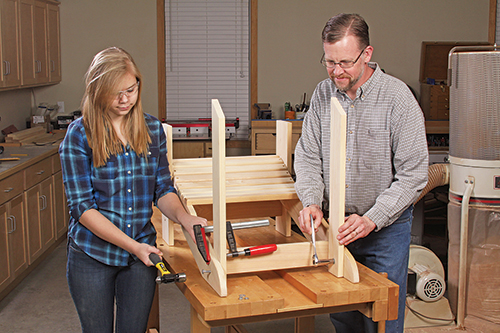
When you are learning a new trade, it is always better to start with the basics. Being self-taught is robbing you of the expertise and opportunity to take advantage of the knowledge and well-learned methods of an old master. For artists in many fields, you try to learn whatever is available, materials, etc. Going to school or work with a master for a while is a good idea. In woodcarving, this is, of course, also the case – especially in the art of relief sculpturing, which has been handed down for centuries by apprenticeships.
Our techniques nowadays can be registered by cameras. This was not always the case. Apprenticeship in the olden days was not so much teaching by the master; it was more observing and copying by the student. If you didn’t have “it,” you were out soon, being replaced by plenty of eager young men or women waiting for a spot. The ones that were allowed to stay and learned the more refined techniques in detail became the new masters.
 WIn Holland, for instance, it being such a small country, there were just a few carvers that were recognized for their skill and artistic abilities in the 40s, when I started carving with my father, who was a master in the true sense of the meaning. He was also very creative in his work, not just a copier of the classical styles. He started working independently around 1920, when the Art Nouveau style became a new outlet for artists in different media, including wood. The possibilities in this style were endless, and my father was right in the middle of it. He designed new furniture with, of course, lots of carving involved.
WIn Holland, for instance, it being such a small country, there were just a few carvers that were recognized for their skill and artistic abilities in the 40s, when I started carving with my father, who was a master in the true sense of the meaning. He was also very creative in his work, not just a copier of the classical styles. He started working independently around 1920, when the Art Nouveau style became a new outlet for artists in different media, including wood. The possibilities in this style were endless, and my father was right in the middle of it. He designed new furniture with, of course, lots of carving involved.
It is exciting for me, as a teacher, to watch my students learn and succeed in acquiring the carving methods handed down from way back, centuries ago.
-Nora Hall





